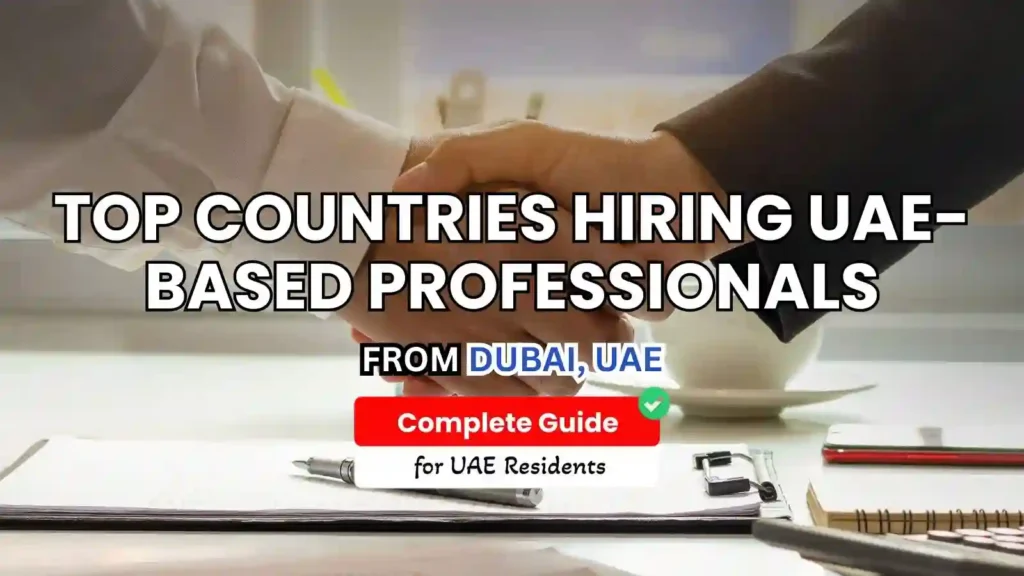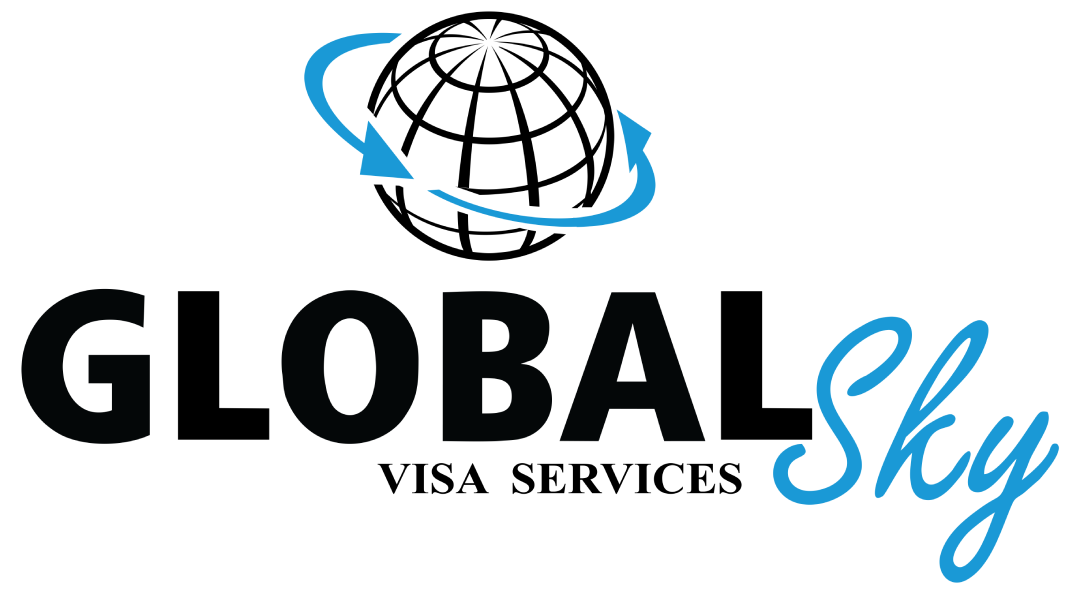
If you’ve built your career in the UAE, you already speak the language of fast projects, mixed cultures, and high standards. It’s natural to wonder what the next step might look like—maybe a new market, a different lifestyle, or a clearer path to long-term residency. I like to frame it this way: you’re not “starting over,” you’re “starting forward.” The skills you use daily—switching between teams, time zones, and work styles—travel well. The trick is choosing a country that matches your goals and then presenting your profile in a way that makes a hiring manager think, “Yes, this person will hit the ground running.”
What makes UAE talent stand out
Employers abroad notice when a résumé shows UAE experience. It signals you’ve worked in diverse teams, kept pace with ambitious timelines, and handled clients from everywhere. Many of us are bilingual or even trilingual, which helps more than we admit. You also learn practical habits here—clear reporting, tidy documentation, calm under pressure—that make life easier for a new employer. Think of your UAE years as a built-in “adaptability badge.” Don’t hide it; highlight it.
Canada
Canada is a steady bet if you want structured pathways and a family-friendly landing. Tech, healthcare, construction, and finance all appear often in job boards. The application style is calm and logical: show your language level, your experience, and your ability to integrate. I like Canada when the plan includes both career growth and a long runway for residency.
Australia
Australia runs on points and proof—skills lists, qualifications, and clear English scores. Engineers, educators, medical staff, and skilled trades do especially well. If you enjoy direct communication and sunny work cultures, it’s a good match. My quiet tip: organize your documents the way a project manager would. It makes every step faster.
United Kingdom
The UK draws talent in healthcare, IT, education, and finance, and it appreciates sharp communication. Visas target defined roles with approved employers, so a strong, role-specific résumé helps. Show outcomes, not only duties. If you love big markets and want European proximity without learning another language, the UK can fit.
Germany
Germany rewards preparation. Engineers, technicians, and IT specialists find plenty of openings, and willingness to learn German goes a long way. Hiring focuses on business value and reliability—clean numbers, clear scope, and a plan to integrate. When your documents and timelines look precise, meetings move from “tell us about yourself” to “when can you start?”
New Zealand
New Zealand is small but hungry for the right skills, from construction management to software development. Its lists help you see demand at a glance. If you prefer balanced work-life rhythms and outdoor weekends, it’s appealing. The market is relationship-driven, so thoughtful, tailored applications matter more than blasting out a hundred CVs.
Singapore
Singapore is a sharp, efficient hub for finance, tech, logistics, and engineering leadership roles. International credentials and UAE experience pair well here because both ecosystems expect speed and quality. If you like clear rules, good infrastructure, and regional access to Southeast Asia, put it high on your list.
Qatar and Saudi Arabia
If you want fresh challenges without leaving the Gulf, look to major infrastructure, tourism, and tech projects next door. Compensation can be strong, and your UAE background translates instantly. This is a smart pick if you want a new badge on your résumé without a full cultural reset.
United States
The US is a huge, competitive market that rewards niche skills and advanced degrees. It’s best when your career story truly needs the American stage—specific industries, customers, or funding. If you bring specialized expertise, you’ll find doors; just be ready for detailed paperwork and clear proof that you’re the person they need.
How to choose your country (without overthinking)
When everything looks attractive, zoom out and ask four questions. What’s my main goal—career growth, residency, or compensation? How much time and money can I commit to the process right now? Do I want an English-speaking environment or am I ready to learn a new language? Where does my profession have obvious demand today? I like a one-page comparison: country, pathway, costs, timeline, and likely salary band. If the choice doesn’t make sense on paper, it won’t feel better mid-move.
Make your profile “yes-ready”
A strong international CV reads like a promise kept. Lead with impact: revenue saved, systems launched, patients served, projects delivered. Convert local job titles into globally understood terms. Remove fluff. Add a clean summary at the top so a recruiter sees your value in ten seconds. Align your keywords to the target market, and keep your LinkedIn in sync. Two final touches that matter more than people think: a confident, simple cover letter and a professional email style. They set the tone before anyone checks your references.
Language, licensing, and learning
Some roles need formal steps—medical licensing, engineering registration, or teacher accreditation. Start those early. If the destination language isn’t English, pick a practical plan and begin now. A few months of consistent study beats a burst of panic later. For tech roles, stack one or two certificates that employers actually ask for; a small boost in credibility can move your application from “maybe” to “interview.”
Timing and paperwork
International moves live and die by timelines. Create a simple tracker for tests, documents, references, and application dates. Keep scans named clearly in one cloud folder so you can attach in seconds. If a visa asks for proof of funds or ties to the UAE, prepare those calmly—employment letters, lease agreements, or family commitments. Good paperwork makes you look like the colleague who will do things right when the stakes are high.
Interviews across time zones
Expect early-morning or late-evening calls. Test your setup, check your background, and keep a glass of water handy. When asked about adapting to a new culture, draw on your UAE experience: cross-functional teamwork, fast delivery, and client variety. Use crisp stories that show judgment and ownership. Then ask smart questions about onboarding, success metrics, and first-quarter goals. Curiosity reads as confidence.
Soft landing, strong start
If an offer arrives, plan the first ninety days. Book temporary housing near public transport. Map your commute and a quiet grocery store. Save an emergency fund for deposits, transit passes, and initial expenses. Keep copies of everything—contract, insurance, ID—in a single folder on your phone. Small comforts help too: a familiar breakfast, a walk before work, a weekly call with people who cheer for you. Progress loves routine.
Final thoughts
Your UAE experience is not just “work history”; it’s proof you can deliver in complex, global settings. Choose a destination that fits your goals, present a focused profile, and respect the process—clear documents, steady timelines, honest communication. Do that, and the move stops feeling like a gamble and starts looking like what it is: a strategic step in a career that keeps opening new doors.
